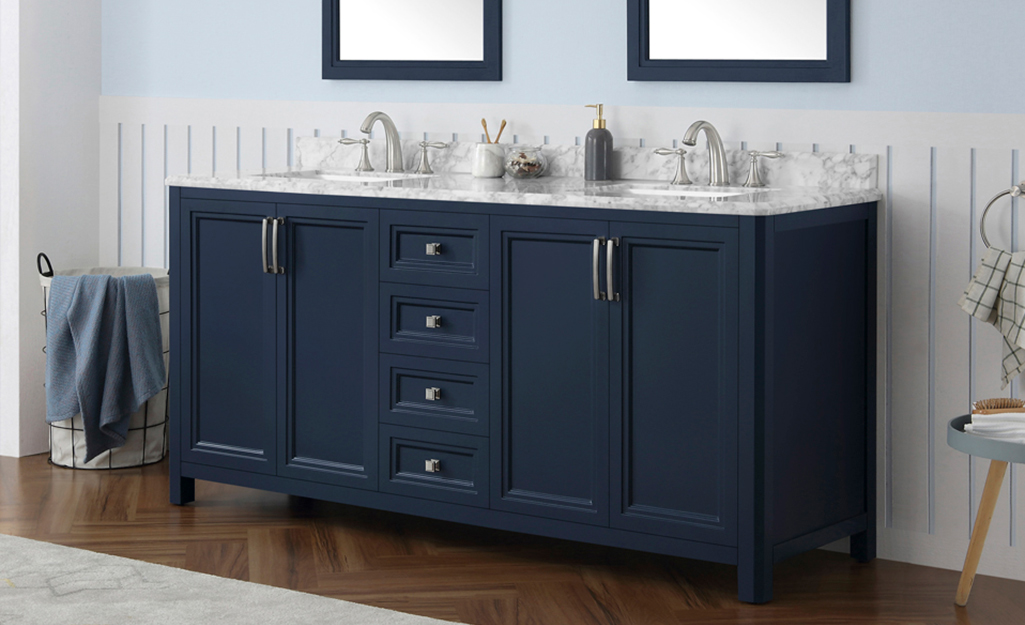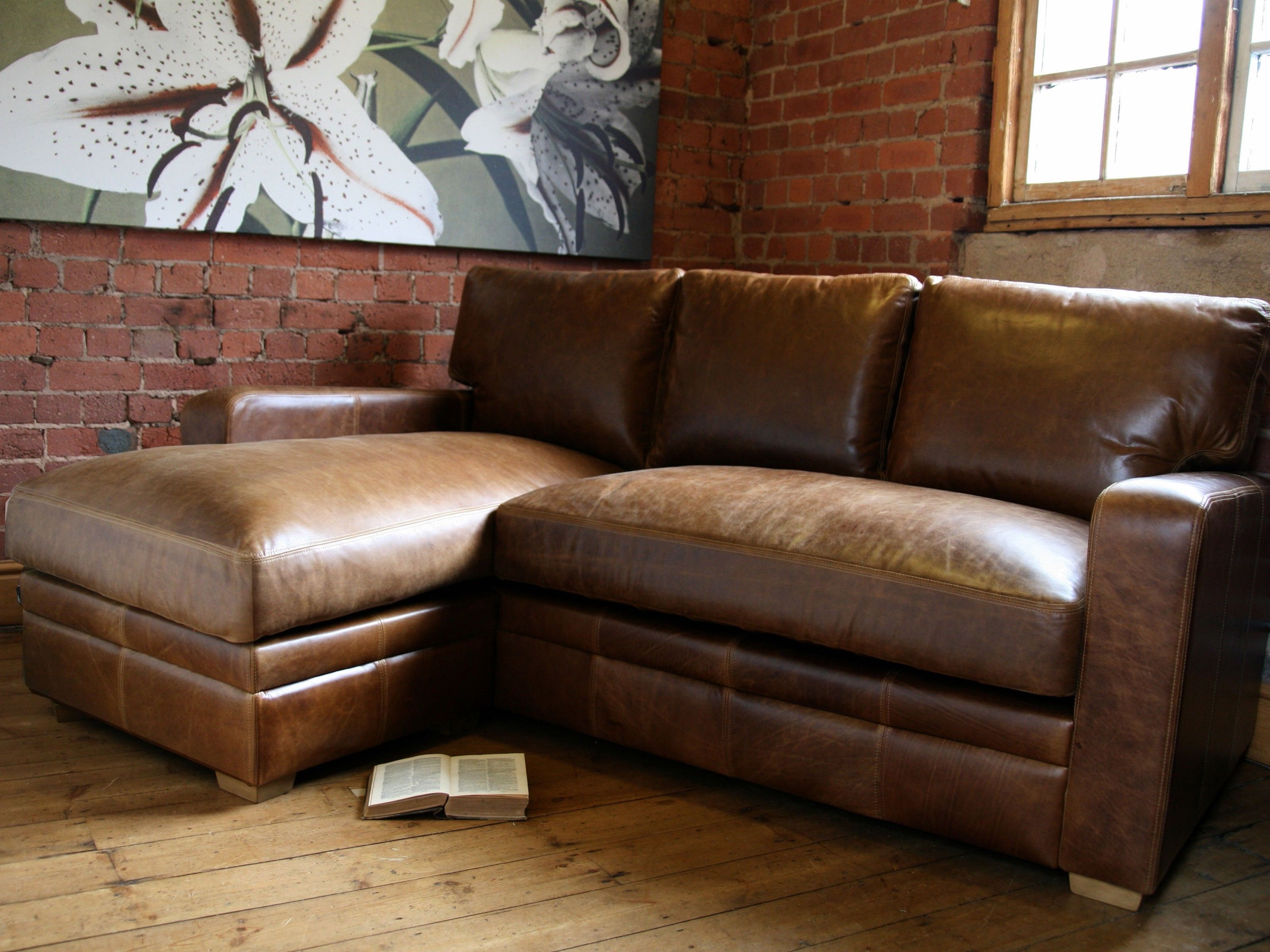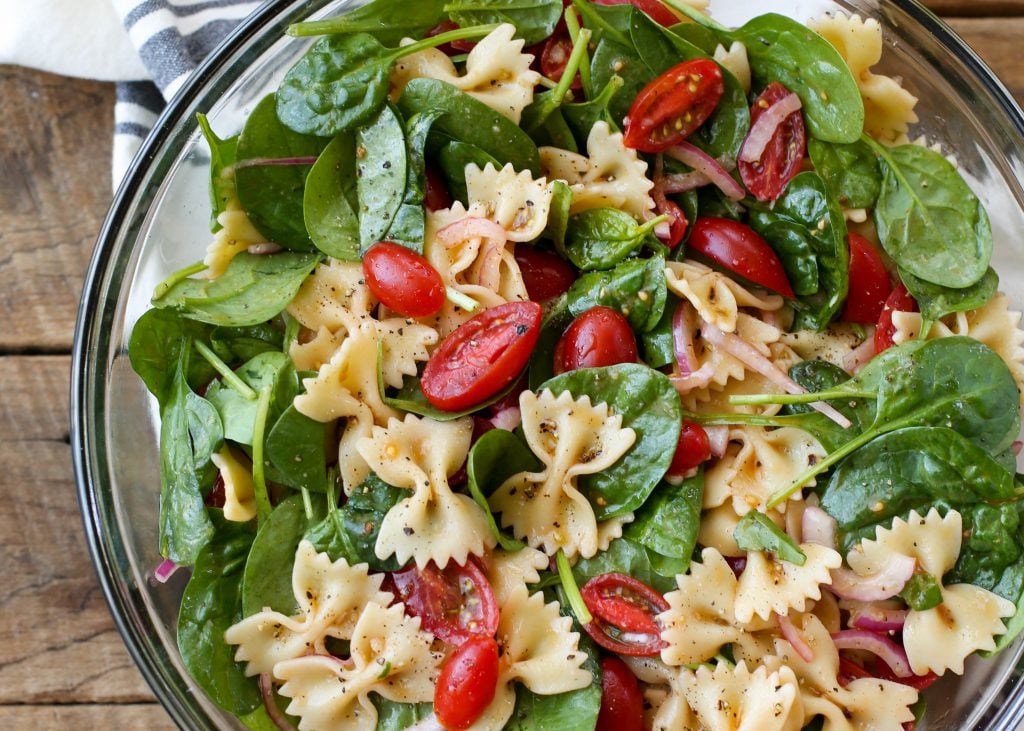Flooring
Flooring is an essential element of any kitchen design. It can make the whole space come together and create a cohesive look. The type of flooring chosen should complement the overall aesthetic of the kitchen and can range from hardwood, tile, laminate, stone, and even vinyl. Depending on the kitchen’s layout and style, different materials can create a unique look and feel. For example, tile flooring can provide a timeless, classic appeal, while vinyl is a great option for budget-minded remodels. Hardwood floors can give a kitchen an airy feel, while laminate is easy to install and maintain. Kitchen floors should be designed to withstand spills and other daily demands that come with a busy kitchen.
Cabinets/Storage
Cabinets and storage play a key role in creating a functional kitchen. Cabinets should be designed to meet the needs of the homeowner, accommodating all kitchen gadgets, utensils, dishes, and food (especially dry goods). Cabinets should be made from durable materials, such as wood, stainless steel, or laminate, and should provide easy access to the items stored within. Designers should also be mindful of countertop space—cabinets should not take up too much space, and should not be placed too close together. It is also important to think about storage when purchasing appliances. Large appliances should have adequate space to be opened without disruption to the workflow of the kitchen.
Lighting
Proper lighting is essential for a functional kitchen. Natural light should be maximized and accent lighting can be used to create an inviting atmosphere. Task lighting should be placed in areas where everyday activities are performed, such as the stovetop and sink. On the other hand, ambient lighting provides a relaxing atmosphere in the kitchen. Light fixtures should be selected based on the style of the kitchen, and pendant lights and chandeliers are popular design elements. Designers should also be mindful of energy-efficiency when selecting light fixtures as well as other appliances.
Appliances
The latest appliances are essential for creating a modern, functional kitchen. Appliances designed to increase efficiency in the kitchen, such as induction cooktops and refrigerators with drawers, are becoming popular. Other appliances, such as garbage disposals and dishwashers, should be designed to accommodate the space available. Stainless steel is a common finish for appliances, but it’s also important to consider the other design elements in the kitchen to ensure a cohesive look.
Countertops
Countertops are one of the most important elements of any kitchen design. The material chosen should depend on the style of the kitchen—stone, such as granite, is a popular choice for its durability and luxury look. Laminate is a more affordable option but is also durable and easy to maintain. Other materials, such as quartz and concrete, are gaining popularity due to their ability to create a unique look in the kitchen. Designers should be mindful of the overall aesthetics when selecting countertops, as they’ll likely be the centerpiece of the kitchen.
Colors/Finishes
Colors and finishes add depth to a kitchen design. The right color palette can create an inviting space that is relaxing and inviting. Popular colors, such as white and grey, can provide a timeless look, while bold colors, such as red and blue, can create a modern look. Finishes, such as matte or glossy, can affect the overall atmosphere of the kitchen. Designers should be mindful of the overall theme of the kitchen when selecting colors and finishes, as these elements will likely tie the entire design together.
Island Design
If the kitchen layout allows, an island can be incorporated into the design to provide additional counter space and storage. Islands can be customized to meet the needs of the homeowner, such as providing an area for meal preparation, an additional sink, or additional seating. The design of an island should match the overall style of the kitchen, as well as the rest of the home. Islands can also be used to create additional storage for cookware, utensils, and food items.
Ventilation
Proper ventilation is essential for any kitchen, as cooking produces a lot of smoke and steam. Range hoods should be designed to accommodate the size of the kitchen and the cooking appliances used. Island range hoods are a popular option, as they provide a sleek design element to the kitchen. Wall-mounted range hoods, as well as downdrafts, can also be used depending on the size of the kitchen. Ventilation should be designed to remove smoke, grease, and odors from the kitchen to keep the air fresh and clean.
Backsplash
Backsplashes are a popular design element in modern kitchen designs. Tile is the most common material used for kitchen backsplashes, and its durability and variety of colors and patterns make it a popular choice. Subway tile is a timeless option, while larger tiles can add drama and visual impact. Stone and metal are also popular choices, providing a more modern look. Backsplashes should be designed to complement the overall aesthetic of the kitchen.
Surface Seating/Barstools
Surface seating and barstools provide a comfortable spot for people to gather in the kitchen. Barstools are typically placed at kitchen islands and seating can be added to create an inviting area for guests. When selecting seating, designers should be mindful of the height and width of the kitchen island and chairs should be selected to fit comfortably beneath. Surface seating should match the style and theme of the kitchen as well to create a cohesive look.
Accessories/Decor
Accessories and decor are an important part of creating a complete kitchen design. Smaller items, such as pot racks and racks for hanging utensils, provide additional storage and can also be used as a focal point in the kitchen. Greenery, such as plants or herbs, can add a refreshing flair to the space. If the design allows, artwork can be incorporated to create a unique look. Accessories should be chosen with the overall aesthetic in mind to create a cohesive look.
Factors to Consider When Designing a Kitchen
 The kitchen is the heart of the home and careful consideration must be taken when designing this important room. There are many
kitchen design specifications
that must be taken into account to create an achievable and user-friendly plan.
Size and layout
are two of the most important factors to consider when designing a kitchen.
Room size will determine the amount of space available for cabinetry, appliances, and countertops. It is essential to accurately measure the dimensions of the room and ensure good traffic flow and space for storing all necessary kitchen items. The
layout
of the kitchen involves the placement of appliances and cabinetry. The use of the kitchen should be the primary factor when deciding the layout, and whether it is for entertaining or for a family.
The kitchen is the heart of the home and careful consideration must be taken when designing this important room. There are many
kitchen design specifications
that must be taken into account to create an achievable and user-friendly plan.
Size and layout
are two of the most important factors to consider when designing a kitchen.
Room size will determine the amount of space available for cabinetry, appliances, and countertops. It is essential to accurately measure the dimensions of the room and ensure good traffic flow and space for storing all necessary kitchen items. The
layout
of the kitchen involves the placement of appliances and cabinetry. The use of the kitchen should be the primary factor when deciding the layout, and whether it is for entertaining or for a family.
Workflow
 Workflow is an important consideration when designing a kitchen. The workflow should follow the process of food preparation and flow from the refrigerator, to preparation, to cooking, to cleanup. Properly designed workflow ensures that items are within reach and that the kitchen moves efficiently.
Workflow is an important consideration when designing a kitchen. The workflow should follow the process of food preparation and flow from the refrigerator, to preparation, to cooking, to cleanup. Properly designed workflow ensures that items are within reach and that the kitchen moves efficiently.
Lighting and Appliances
 Aspects such as lighting and appliances should also be taken into account. Adequate lighting is critical, and should include both natural lighting and artificial lighting. The appliances should be chosen based on size, purpose, budget, and energy efficiency.
Aspects such as lighting and appliances should also be taken into account. Adequate lighting is critical, and should include both natural lighting and artificial lighting. The appliances should be chosen based on size, purpose, budget, and energy efficiency.
Cabinetry and Countertops
 Cabinetry is a fundamental part of kitchen design as it houses all the items needed for cooking. It should not only be functional, but attractive and appropriate for the overall design. The countertop should be selected for both its performance and aesthetic. Consideration should be taken for the materials used and how it fits into the kitchen color palette.
Cabinetry is a fundamental part of kitchen design as it houses all the items needed for cooking. It should not only be functional, but attractive and appropriate for the overall design. The countertop should be selected for both its performance and aesthetic. Consideration should be taken for the materials used and how it fits into the kitchen color palette.
Backsplash and Flooring
 To further enhance the kitchen design, consider the use of tile for the backsplash and flooring. An effective backsplash should be both easy to clean and appealing to the eye. Flooring should be durable, low maintenance, and fit with the overall design.
To further enhance the kitchen design, consider the use of tile for the backsplash and flooring. An effective backsplash should be both easy to clean and appealing to the eye. Flooring should be durable, low maintenance, and fit with the overall design.




























































































